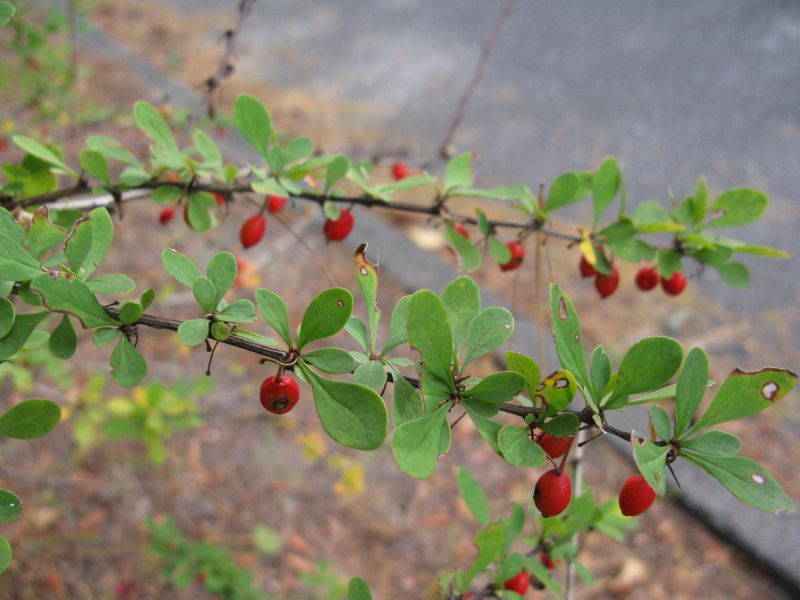
An Update on Invasive Plant Control
Dealing with invasive species on your property is never easy. Check out this article to learn the latest about invasive plants and what you can do to control them.
by Denise Thornton
The first step in dealing with invasive plants on your property is learning what and where they are. “You don’t need to know every invasive — that’s unrealistic. But as you spend time on your land, look at what is there,” says Kari Hagenow, president of the Invasive Plants Association of Wisconsin (IPAW). “As you walk your trails, you will notice this one is spreading or that one is something you haven’t seen before. Some invasives are very seasonal. In July, garlic mustard has died back for the year. Looking at your property in different seasons, you’ll notice what’s flowering and what is happening with each species you become aware of.”
Once you have identified an invasive plant, one way to learn more and to prioritize your efforts is through the Wisconsin DNR’s list of Regulated Species. This represents plants that have been restricted or prohibited in Wisconsin based on years of research into their economic and environmental impact.
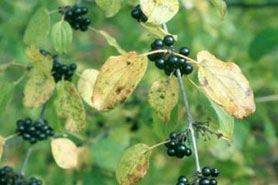
Invasive plants are designated “restricted” if the plant is well established in Wisconsin. You cannot legally transport, transfer, or introduce restricted species, such as autumn olive, buckthorn, or garlic mustard. “Prohibited” plants are species that have not been found in the state yet, or found in only a few regions, and there is hope that they can be eradicated from Wisconsin. It is against the law to transport, transfer, introduce or possess the plants on the prohibited list.
“If a prohibited plant is found on your property, you are required to control it,” says Hagenow. “But the DNR is not going to come in and fine you. They do need to know about it though, and there is funding and assistance to help you get rid of it.”
Jason Granberg, DNR Invasive Plant Specialist and project coordinator for the Bureau of Natural Heritage Conservation, is hoping that landowners will keep an eye out for the prohibited invasive plants that are new, or expected to soon migrate to Wisconsin. Early detection can make a big difference. He shared several prohibited plants the DNR is monitoring closely.
SOME PLANTS TO BE ON THE LOOKOUT FOR
“We are seeing an increase in Porcelain Berry, especially in the Dane County area,” says Granberg. A prohibited plant, Porcelain Berry is a vine that can grow 15 feet in a season, shading out native vegetation and climbing trees. It has distinctive purplish fruits that look like colored porcelain.
“There was a pioneer population of Japanese Stilt Grass at the Coulee Experimental State Forest that has been controlled there,” says Granberg. “That is a wonderful example of early detection and follow up monitoring. This invasive grass can grow very quickly and densely and develop a flammable thatch when dry.”
In northern Wisconsin, he reports, findings of Butterfly Dock. This herbaceous perennial resembling rhubarb, and invades wetlands, forests, bogs, marshes, and other semi-shaded areas. Its huge leaves and aggressive growth quickly crowd out desired species.
“Amur Cork Tree remains a problem,” he adds. “We are finding them in the central counties.” This tree suppresses regeneration of native tree species and displaces them.
Granberg also noted that European-Frogbit, a free-floating aquatic plant, is showing up in Lake Michigan coastal wetland properties in the Marinette-Oconto area. This vegetation can form large mats that impede fishing, boating, and swimming, and may have a negative effect on native aquatic plants and wildlife.
Granberg added a plant from the restricted list to his watch. “We are seeing more cases of different knotweeds. There are control activities in the Lake Superior region.” he says. Giant Knotweed reduces native species. Japanese Knotweed spreads when soil contaminated with rhizomes is transported or when rhizomes are washed downstream during flooding. In both species, plant fragments as small as one or two inches have the potential to re-sprout. As well as doing ecological damage to riparian areas, Granberg adds, “if it is growing near your home, knotweed can undermine your foundation. It can grow through asphalt and brick work.”
Other restricted species to watch for include Japanese Barberry , a low-growing, spiny shrub that creates habitats for rodents. “As rodent populations increase, they can be infested with ticks that can carry Lyme Disease,” Granberg notes.
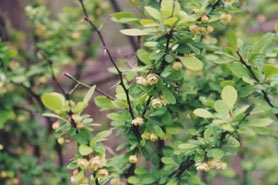
There is some very interesting research regarding Garlic Mustard a challenge for many landowners. Granberg says, “very old populations of garlic mustard are showing signs of diminishing on their own. Garlic Mustard creates soil conditions conducive for pathogens that impact the Garlic mustard itself, so we are seeing old Garlic Mustard stands die out. Also, studies of the Grenade aphid are showing how it can defoliate garlic mustard plants — impair them so they can’t flower or fruit or make the plant incapable of competing against native plants.”
HOW CLIMATE CHANGE AFFECTS INVASIVE PLANT POPULATIONS
With growing concern over the impact of climate change on so many aspects of life on planet earth, it is perhaps not surprising that managing invasives is being influenced. Granberg is also part of a climate change working group that includes federal and university partners, members of the DNR, and the Nature Conservancy. They are looking at how climate change is directly affecting invasive species. “The climate is changing,” Granberg says. “We see that in Wisconsin, and among the many impacts, the duration of ice on water bodies is decreasing over time. The changes that are taking place can make new areas more inviting for invasive species.”
“Climate change is a game changer,” agrees Hagenow. “There are species that are problematic in southern states or the southern Midwest, and some of those species are now going to be able to move north.”
Researchers have identified hotspots for invasive species density changes. “I have done some computations,” says Granberg. “Many invasives are going to spread toward us in the upper Midwest. There is concern about kudzu, the vine that ate the South, entering our state. It may be isolated to a southern band of Wisconsin counties that border Illinois and parts of Iowa.”
Granberg notes that research on how to address the effects of climate change on invasives is underway. In one study, different thistle species grown in a greenhouse with the increased amounts of carbon dioxide like the levels expected in the future, results showed that some herbicides proved less effective.
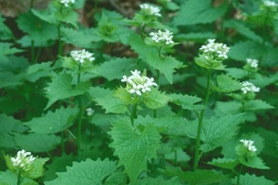
Also, says Granberg, “It isn’t so much that the new invasives are going to be more robust, it may also mean that our native plants are going to be less competitive as the climate changes. We are going to see fluctuation in our state’s southern forests, which are oak dominated. Oaks don’t tend to do as well in wetter conditions, so problems are expected here in the future.
Another way climate change will affect Wisconsin’s invasive plant challenges is related to our Tension Zone, an S-shaped border region extending from northwestern to southeastern Wisconsin, separating the state’s two major climate zones. “That tension zone is calculated to shift northward,” says Granberg. Northern plant communities are not going to fare as well in the Tension Zone, and as the northern native species decrease, it will take active management to assist southern native species to grow there.”
When are these changes expected? “With a lot of climate models, we are looking at 2060 to 2070 when northern trees will not thrive in this area, but we are starting to see changes ,” Granberg says.
Help is available for concerned landowners. To learn more on how to prepare your land for the coming changes, Granberg suggests checking out the website for the Wisconsin Initiative on Climate Change Impacts (WICCI) , and specifically, looking at their working groups tab where you can find information applicable to agriculture, forestry, water resources and wildlife There’s much that can be done to help with transitioning to a changing landscape.
NEW TOOLS BEING USED TO CONTROL INVASIVE PLANTS
Granberg is encouraged by new technologies that are being put into place to help with invasive species control. “The DNR has been doing aerial herbicide applications with drones where large areas are involved. With minimum amounts of herbicide and disturbance, drones the size of a kitchen table can reach sites that are otherwise difficult to access.” There is also research into using drones with different types of multi-spectral cameras that will use the Normalized Difference Vegetation Index, (one of several multispectral imaging tools that can be used to help identify invasive species) to help see where plants have been stressed by pathogens or pests in remote areas.
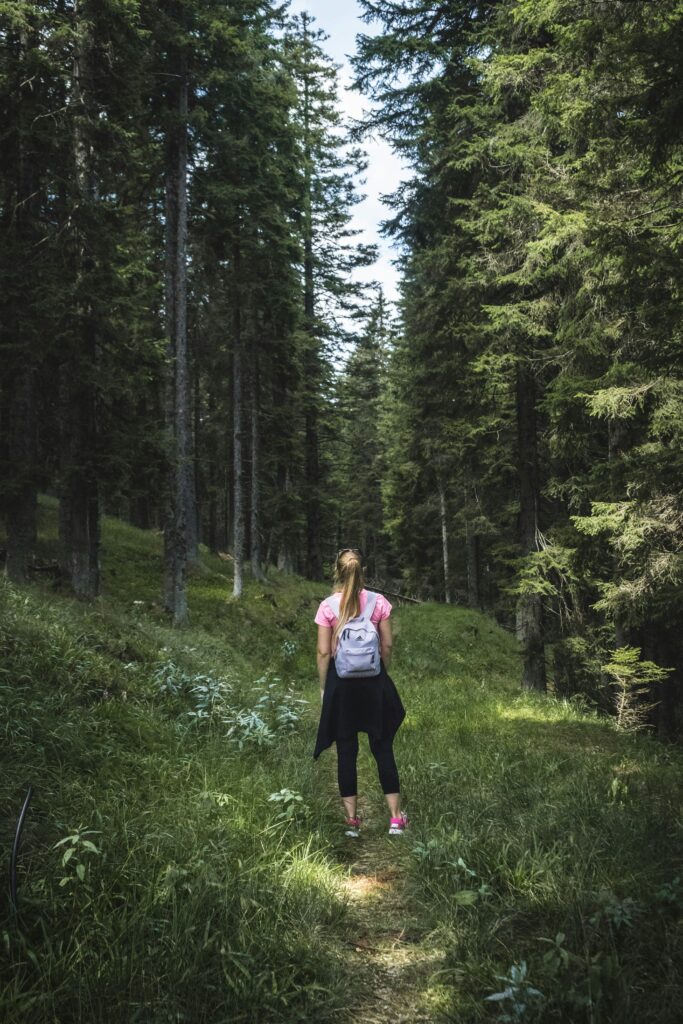
“And research into a tool called Supervised Classification combines special cameras and computers to identify the spectral band of invasive plants,” says Granberg. “At the old Badger Munitions site, they were able to identify multiple invasive plants. In a big area, it can save a lot of time and money in identifying the invasives.” And as in so many situations, early detection and rapid intervention can really increase success rates.
WHAT YOU CAN DO AND WHERE TO GET HELP
If you identify a plant from the DNR prohibited species list, or one of the restricted species that Granberg refers to in this article, you can email the DNR inbox. “We can have a follow-up conversation and get those plants verified by our DNR staff or our partners in Cooperative Invasive Species Management Areas. Then we can work together to have the site controlled.”
“The best thing you can do in contending with invasives is prevention,” says Hagenow. “The first step is cleaning your shoes. It can make a world of difference. If you go camping two hours away from home, cleaning your shoes when you get back can be really helpful. And if you have invasives you know of on your property, clean your shoes when you go off property.
“If you see a boot brush at a trail entrance, use it before you go in and be sure to use it on the way out as well,” she continued. “Clean equipment, including ATVs and UTVs, if they come off your property or onto it. Also, pets can be surprisingly good at moving seed. Invasive seed can be trapped in mud or dirt. Wash off visible dirt and brush a longer-haired dog before you let him run free in your woods when you get home.”
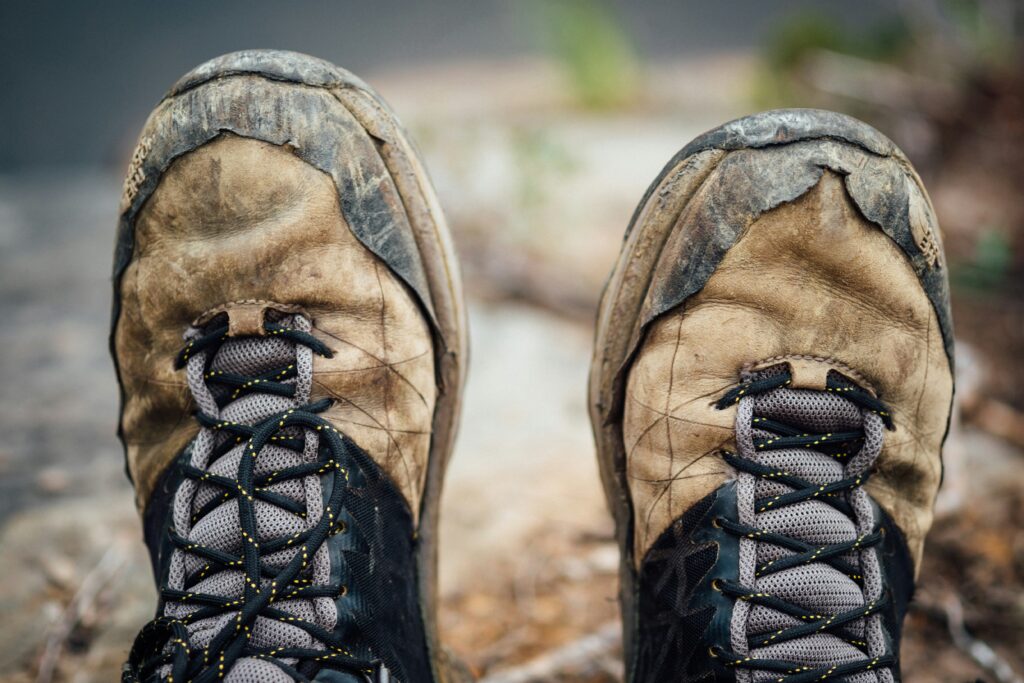
IPAW is an umbrella organization for Cooperative Invasive Species Management Areas (CISMAs). When looking for help with existing invasive situations, Hagenow suggests finding the management area for your region. “They are regional collaboratives, which is useful because the species they are dealing with in Milwaukee County can be very different from those in Ash County. CISMAs are the first place I direct people for advice.” Find out if your land is in an established CISMA region at the DNR site.
Hagenow also suggests checking out the Midwest Invasive Plant Network (MIPN) invasive control data base. “This data base is a good starting point. When you go to this site, you can select an invasive, and what season you are in. You can search for control methods and come up with a detailed list of both manual and chemical methods, and how effective they are. For each chemical control, it lists the active ingredients and common product names, and tells you the rate to apply it. That is really important. For example, if I buy 50 percent Roundup, it might have so much glyphosate that it top-kills the plant, but doesn’t kill the roots because it is too strong a concentration. That is bad for many reasons, and it will not achieve your goal.”
Hagenow and Granberg both recommend checking out Renz Weed Science, prepared at the UW-Madison. “It offers a lot of videos and handouts for the most common species,” says Hagenow.
“I worry sometimes about landowners becoming overwhelmed,” says Hagenow. “ We all have to prioritize. For example, if you can eliminate just the big buckthorns producing berries — that is fantastic. Our natural systems do have some resilience. You don’t have to do it all to make a difference.”
